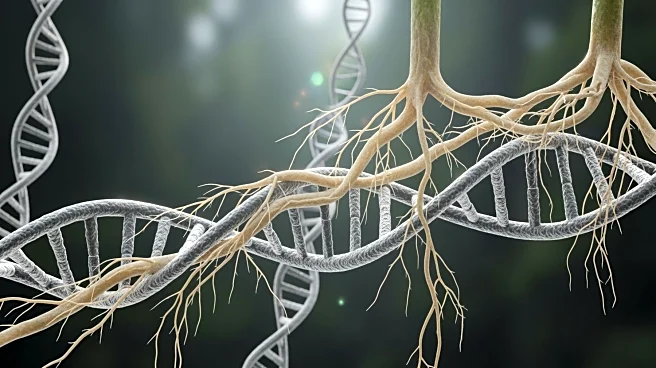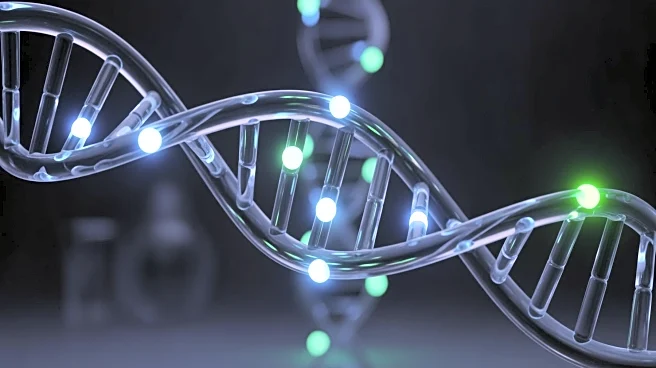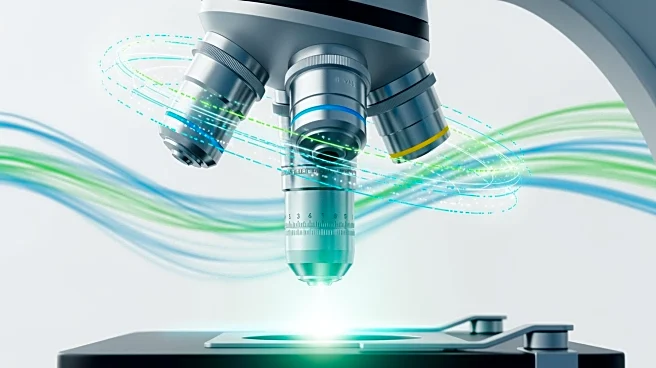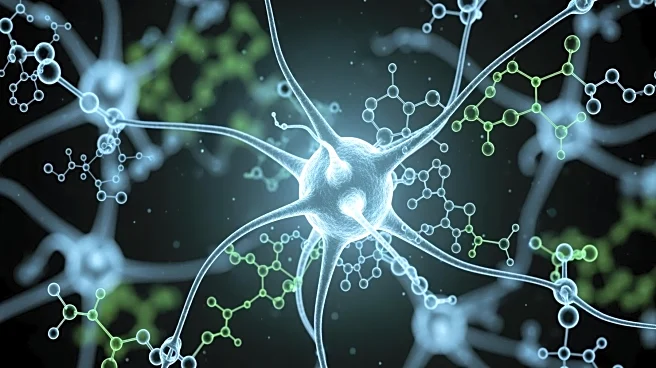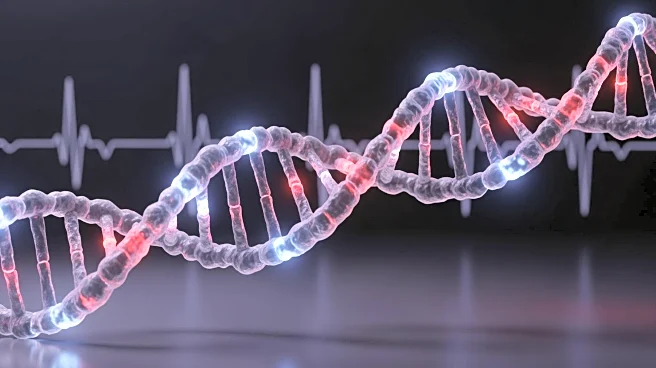What's Happening?
A recent study has investigated the intersection of genetic variants and environmental pollutants in the development of endometriosis. Researchers identified several genes and variants that may predispose
individuals to the condition, highlighting the role of ancient genetic signatures and modern environmental factors. The study suggests that these genetic and environmental interactions could influence susceptibility to endometriosis, potentially leading to improved early detection and personalized treatment strategies. The findings underscore the importance of understanding gene-environment interactions in managing endometriosis and preventing complications such as infertility and gynecologic cancers.
Why It's Important?
Endometriosis is a complex condition that affects many individuals, often leading to misdiagnosis and delayed treatment. By identifying genetic and environmental factors that contribute to its development, this research offers new insights into potential biomarkers for early detection. Understanding these interactions could lead to more effective management strategies, reducing the risk of complications and improving patient outcomes. The study highlights the need for precision medicine approaches that consider both genetic predispositions and environmental exposures in treating endometriosis.
What's Next?
Further research is needed to validate these findings and explore their clinical applications. Studies focusing on larger and more diverse populations could improve the statistical power of genetic associations and assess their consistency across different ethnic backgrounds. Additionally, integrating environmental exposure data with genomic analysis may provide a more comprehensive understanding of endometriosis development, potentially leading to new diagnostic and therapeutic approaches.
